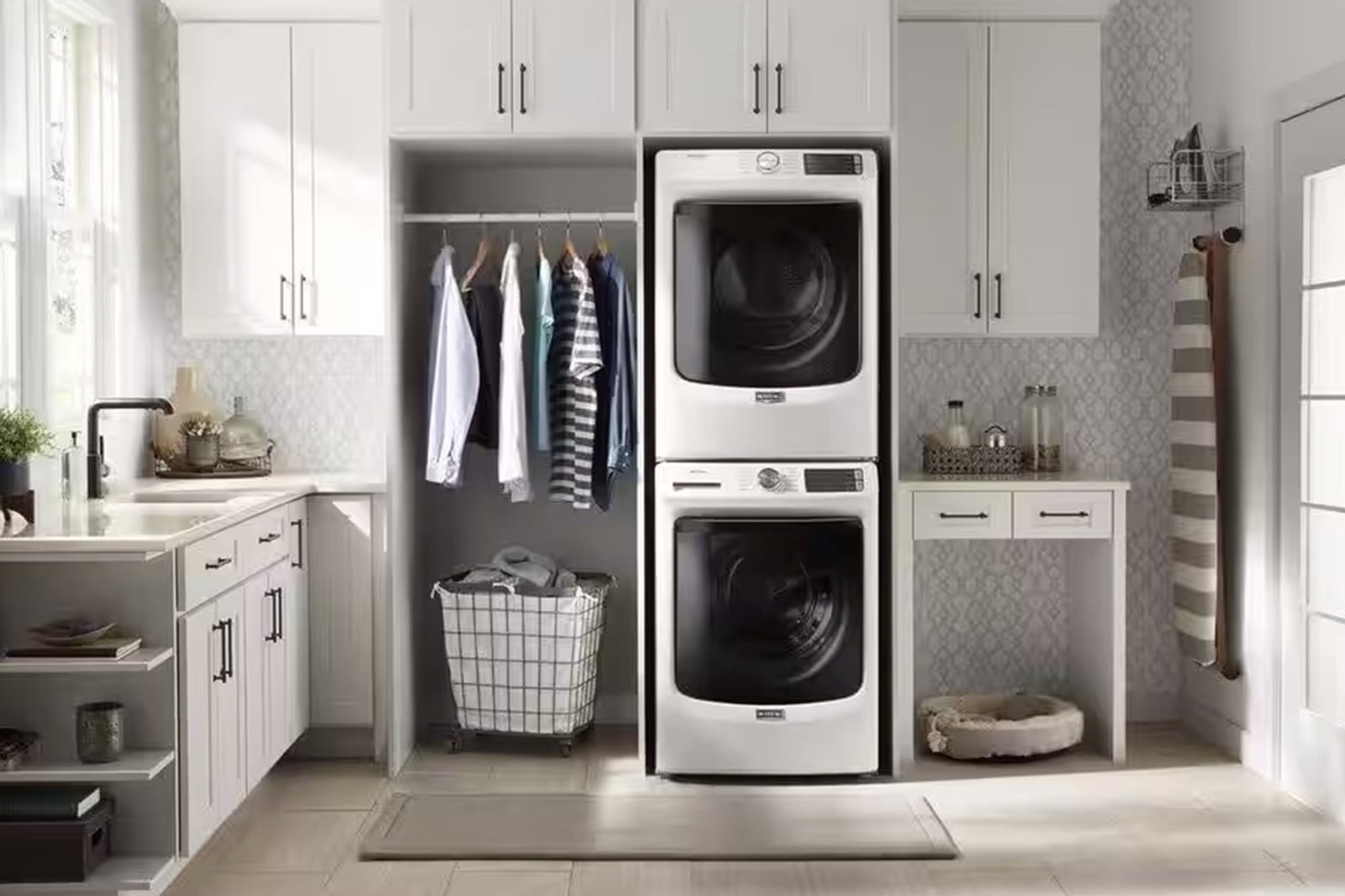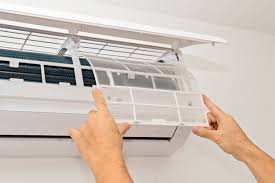If you’re looking to power your devices over Ethernet, you’ll need a PoE switch. But with so many different models and features on the market, it can be tough to know which one is right for you. In this blog post, we’ll give you five tips for choosing a PoE switch that will fit your needs. From port count to budget and more, we’ll help you narrow down the options so you can find the perfect switch for your application.
What is a PoE switch and how does it work?
A Power over Ethernet (PoE) switch is a network switch that has the ability to provide power to devices over the Ethernet cables. This can be very useful in situations where there is no readily available power source, or when you want to avoid the hassle of running separate power cables to devices.
PoE switches work by providing power on the unused pairs of wires in an Ethernet cable. This means that a standard Ethernet cable can be used to both carry data and provide power. The power is sent at a low voltage, typically around 48 volts, so it is safe for use with electronic equipment.
When choosing a PoE switch, it is important to consider the number of ports that you need, as well as the amount of power that each port can provide. Some PoE switches can provide more power than others, so if you have devices that require more power, such as IP cameras or VoIP phones, then you will need to choose a switch that can accommodate those needs.
Why do you need a PoE switch?
A Power over Ethernet (PoE) switch is a device that can transmit both data and electrical power over twisted-pair Ethernet cabling. This allows you to eliminate the need for an external power source for devices that require it, such as IP cameras, VoIP phones, and wireless access points.
There are a few things to consider when choosing a PoE switch. The first is the number of ports you need. PoE switches come in a variety of sizes, from 4-port models up to 48-port models. The second is the amount of power each port can provide. Most PoE switches can provide 15.4 watts of power per port, but some models can provide up to 30 watts per port.
The third thing to consider is the type of Ethernet cable you’ll be using. CAT5e cable is the most common type of Ethernet cable, and it can be used with any PoE switch. However, if you plan on using CAT6 or CAT6a cable, you’ll need to make sure your PoE switch is designed for use with that type of cable.
Finally, you’ll need to decide whether you want a managed or unmanaged PoE switch. Managed PoE switches offer more features and flexibility than unmanaged switches, but they’re also more expensive. If you’re not sure which type of switch you need, we recommend talking to one of our experts who can help you choose the right model for
What are the benefits of a PoE switch?
A Power over Ethernet (PoE) switch can offer many benefits for businesses that need to deploy IP phones, wireless access points, or other devices that require a power connection. PoE switches can provide a cost-effective and convenient way to deliver both power and data to devices using a single cable. In addition, PoE switches can offer increased flexibility in deployments where AC power is not readily available.
How to choose a PoE switch?
If you’re looking to add PoE capabilities to your network, you’ll need to choose a PoE switch. But with so many different models and features on the market, how do you know which one is right for you?
Here are a few things to keep in mind when shopping for a PoE switch:
1. Speed and Port Count: How fast does your network need to be, and how many devices will you be connecting? Make sure the switch you choose has the right mix of speed and port count for your needs.
2. Power Budget: Not all PoE switches are created equal when it comes to power output. Make sure the model you choose can provide enough power for all of the devices you want to connect.
3. Manageability: If you need any advanced features like VLANs or Quality of Service (QoS), make sure the switch you’re considering offers them. Some switches also come with management software that can make configuration and monitoring easier.
Conclusion
If you’re looking for a PoE switch, there are a few things you’ll want to keep in mind. First, consider the number of ports you need and make sure the switch has enough. Second, decide which features are important to you and look for a switch that has them. Third, think about your budget and try to find a switch that fits it. fourth, consider the size of the unit and make sure it will fit in your desired location. Finally, check the warranty and return policy to be sure you’re covered in case of any problems.



